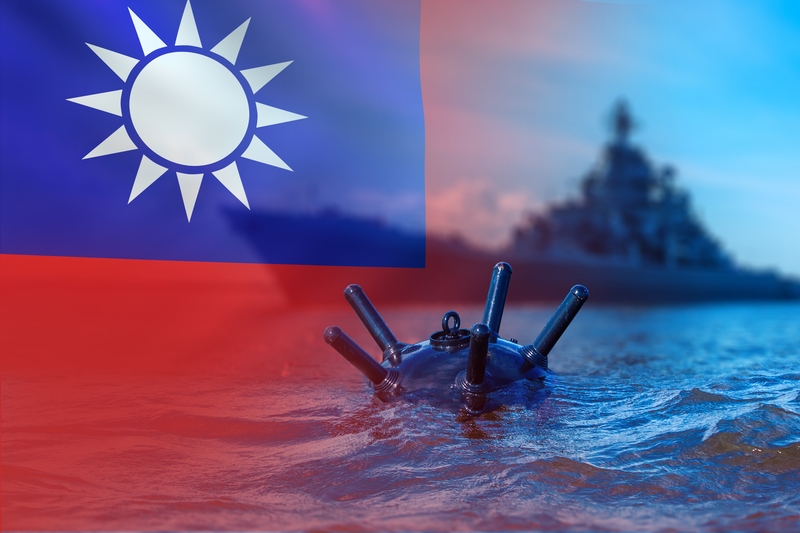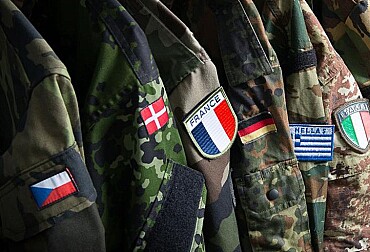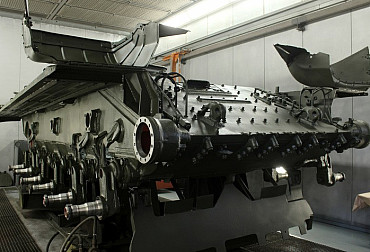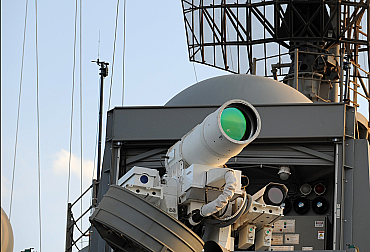Joint Sword 2024A exercise in context
In the second half of May this year, the People's Liberation Army (PLA) conducted exercise in response to the inauguration of the new Taiwanese president Lai. Joint Sword 2024A was not announced beforehand, although it was one of the largest exercises in recent years conducted around the island of Taiwan.

The PLA conducted a rapid and previously unannounced exercise dubbed Joint Sword 2024A in the second half of May, deployed its rocket force, navy, and air force, and stated that the drills are a 'punishment to separatist forces and warning to external actors.' Compared to Joint Sword 2023 drills, this year PLA also focused on activities around Taiwanese offshore islands such as Matsu or Kinmen, where the PLA together with the Chinese Coast Guard stepped up the pressure on Taiwanese armed forces and coast guard by conducting regular naval patrols around the islands located only a few kilometers from the mainland. In case of the PLA attack on Taiwan, Kinmen and other offshore islands will be the first targets.
Although the PLA and the PRC Ministry of Defense did not provide any information about these drills before May, they published a map showing approximate areas of drills and splash zones. One cannot compare the Joint Sword 2024A and Joint Sword 2023 because one does not know which zones were used during drills last year. On the other hand, compared to drills in August 2022, there are several notable changes. The Northern zone is much larger compared to August 2022 though it does not interfere with territorial waters. On the eastern side, the drill area and splash zone are much closer to the important city of Hualien, which hosts Taiwan’s main international port. The Southwestern area is also larger compared to the drills in August 2022. This area runs to the Bashi Chanel, which is a crucial waterway for both the PLA and international maritime trade. In case of any contingency in the Taiwan Strait, the PLA Navy will use the Bashi Channel to move out to the Western Pacific and potentially fight incoming US troops. The southwest area was located near another important naval facility, Khaosiung, which hosts one of the most important naval bases of the Taiwanese Navy. The western is then located right in the Taiwan Strait close to the strategically important island of Penghu. Compared to the drills in August 2022, there was only one much smaller zone in the northern part of the Taiwan Strait.
The mainland Chinese authorities believe that they are not obliged to announce exercises that are taking place around Taiwan. They say that they exercise in their own maritime and air space. Chinese authorities, mainly Fujian Maritime Security Administration and Ministry of Defense, continue with this practice they started after an unprecedented exercise conducted as a response to visit of then-US House of Representatives Speaker Nancy Pelosi. Mainland Chinese authorities did not announce the start of Joint Sword 2023 in April last year when the PLA simulated precision strikes against Taiwanese decision-making and communication centers. They continued with this practice in September 2023 when they did not announce rapid deployment of the surface action group led by the aircraft carrier Shandong to the area east of Taiwan and a record number of aircraft in the vicinity of Taiwan s main island.
In the context of the scale of recent PLA activities around Taiwan, it should be emphasized that during Joint Sword 2024A drills, the Taiwanese Ministry of National Defense reported dozens of vessels and more than 100 aircraft around Taiwan. This is important for two main reasons. First, the PLA can deploy at least dozens of ships and aircraft on short notice to areas close to Taiwan. It means that in any case of potential contingency, it will be difficult to distinguish normal drills from possible attack. Second, it will be difficult to predict a potential economic blockade or quarantine that could result in an economic catastrophe for Taiwan, which will eventually become fully dependent on maritime trade and oil and gas supplies. This economic catastrophe could potentially result in negotiations between the Taiwanese government and Beijing that could enjoy that fact that they brought, in their own words, separatist forces to the negotiations table without any fight.









